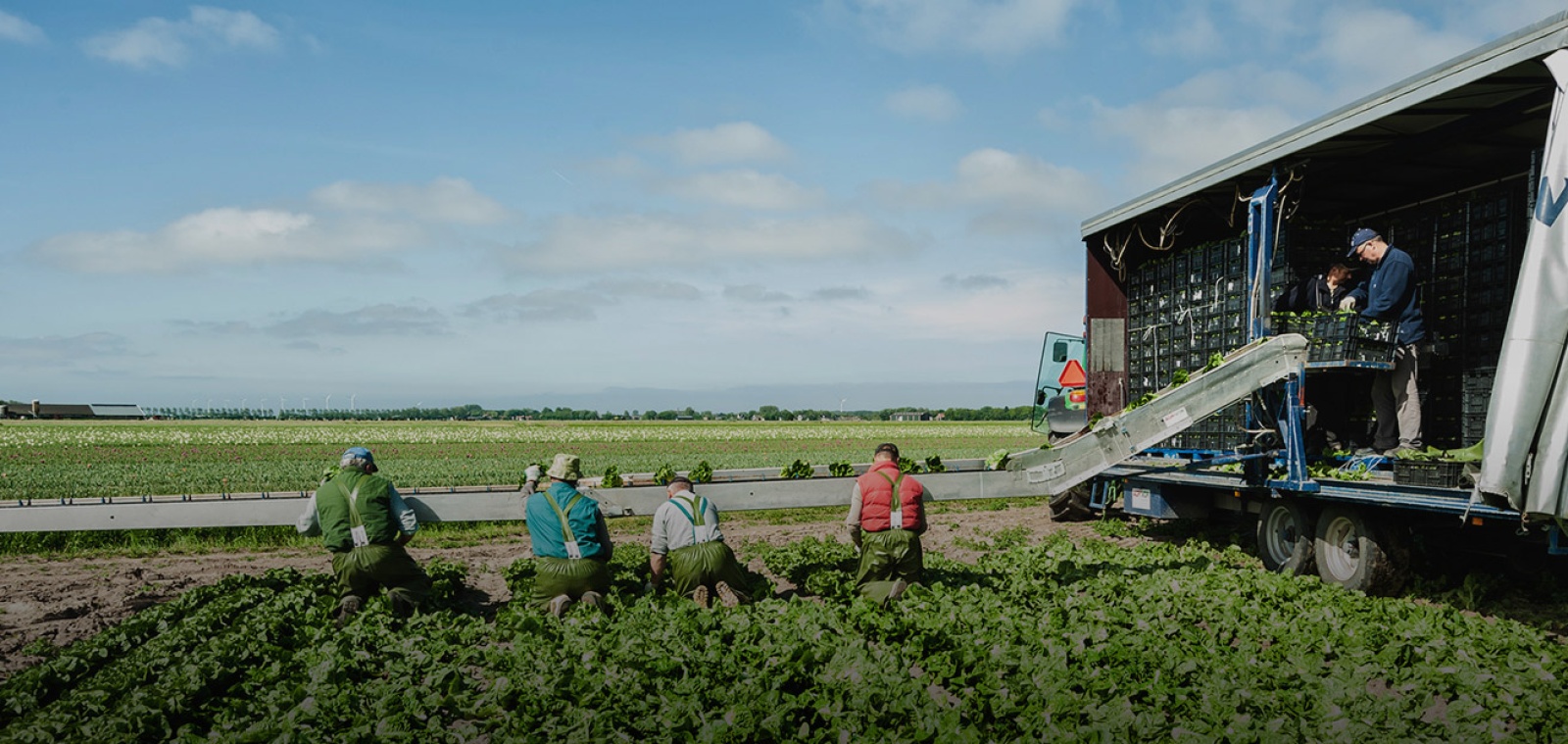Include your sold machines in your sustainability reports
.png?resolution=500x0)
It has been impossible to ignore that the promotion of sustainability among (large) companies has long been high on the political agenda. In line with this, the Netherlands has announced a new reporting obligation for large companies in the field of sustainability. This legislative proposal, put forward by the Minister of Finance and approved by the Council of Ministers, will take effect in the 2024 financial year for large publicly traded companies, banks, and insurers with more than 500 employees. In the coming years, it will be expanded to include other companies as well. The Netherlands is thus following European guidelines, meaning this regulation will also apply to other EU countries.
Sustainability plans place a strong emphasis on circularity. In this blog, we will examine what circularity entails, how it relates to mandatory sustainability reporting, how your company may benefit from it, and how Duijndam’s second-hand machines can support this process.
Sustainability Reporting Mandatory for Large Companies
As mentioned, sustainability reporting has been mandatory for the largest companies in the Netherlands since this financial year. However, from 2025 and 2026, even more companies will be subject to these requirements. This is due to the European Corporate Sustainability Reporting Directive (CSRD), which obliges companies to disclose the environmental and social impact of their activities. Companies must have this information verified by an auditor.
From the 2025 financial year, the CSRD will also apply to large (non-publicly traded) companies if they meet at least two of the following criteria:
- More than €50 million in net revenue
- More than €25 million in total assets
- 250 or more employees
Medium-sized and small businesses are exempt from the CSRD at least until the 2026 financial year. However, they may still face sustainability requirements from their CSRD-obligated customers or suppliers.
What Is Circularity?
To understand how circularity can help your company comply with CSRD guidelines, it is essential to first understand what circularity actually means. While many people are familiar with the term, circularity goes far beyond just recycling—which is where many businesses stop.
The idea of a circular economy, in contrast to our current linear economy, is that it functions as a closed system. This means that the raw materials used to manufacture a product are not discarded at the end of its lifecycle but are instead reused to create new products. This reduces the depletion of the Earth’s natural resources and minimizes waste accumulation.
In our current linear economy, products are manufactured, used, and then discarded, after which new products are purchased. This system is no longer sustainable for two key reasons:
- The Earth's natural resources are being depleted.
- Our growing population and increasing demand are putting pressure on waste management systems.
By transitioning to a circular economy, we address both of these challenges.
Bron: Fostering Education for Circular Economy through Life Cycle Thinking - University of the Basque Country.
The 10 R’s of Circularity
To make the circular economy more concrete, it has been broken down into the 10 R’s. These are ranked from 1 to 10 based on their impact on sustainability. Naturally, the greatest impact can be achieved by changing our purchasing behavior—in other words, by reducing consumption. However, completely avoiding purchases is not always possible. For example, if you need different machines due to a change in cultivation, some purchases may be unavoidable.
However, how you make this switch has a significant impact. Can you, for instance, redesign your existing equipment to fit your new needs? And if that’s not possible, do you choose to buy new machines or opt for second-hand ones?
Additionally, what you do with the machines you no longer need due to the switch plays a crucial role in determining your company's environmental footprint.
Circular economy strategies. Source: PBL (2017). Circular economy: measuring innovation in the product chain, J.Potting, M. Hekkert, E. Worrell et al.
Include Sold Machines in Your Sustainability Report
For large companies that are required to submit sustainability reports either from 2024 or from 2025 under the European Corporate Sustainability Reporting Directive (CSRD), it is useful to know that selling your used machines to a trading company like Duijndam Machines can be included in this report.
The R of Re-use ranks very high on the list because the entire product can be used again in the same way—meaning nothing is wasted! In contrast, remanufacturing or recycling requires additional raw materials to modify the product, and in the case of recycling, some raw materials are inevitably lost.
So, if you sell your surplus machines, be sure to mention it in your sustainability report!
Do you have an unused machine and want to sell it with sustainability in mind? Offer your machine here!
Buy Machines Second-Hand
Sustainability doesn’t just apply to selling used machines—purchasing second-hand equipment also makes a significant difference. Manufacturing a new machine requires a vast amount of raw materials, and the production process generates high greenhouse gas emissions.
By choosing to buy used machines instead of new ones, you drastically reduce your company’s environmental footprint—even when factoring in potential future repairs or modifications.
So, if you need a new machine in the future, consider going second-hand. It’s not only much more environmentally friendly, but it also saves costs, and our machines are immediately available from our own stock!
 Request an offer (
Request an offer (